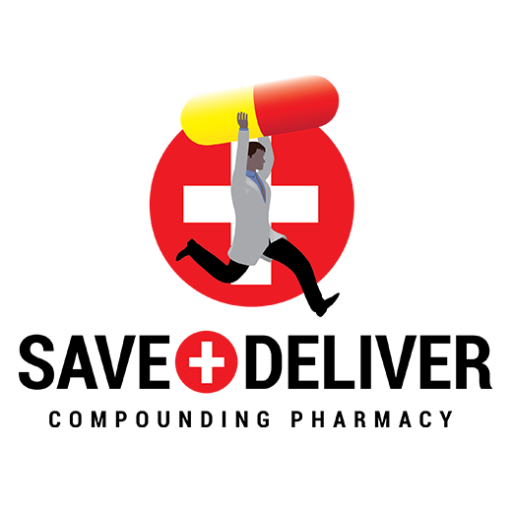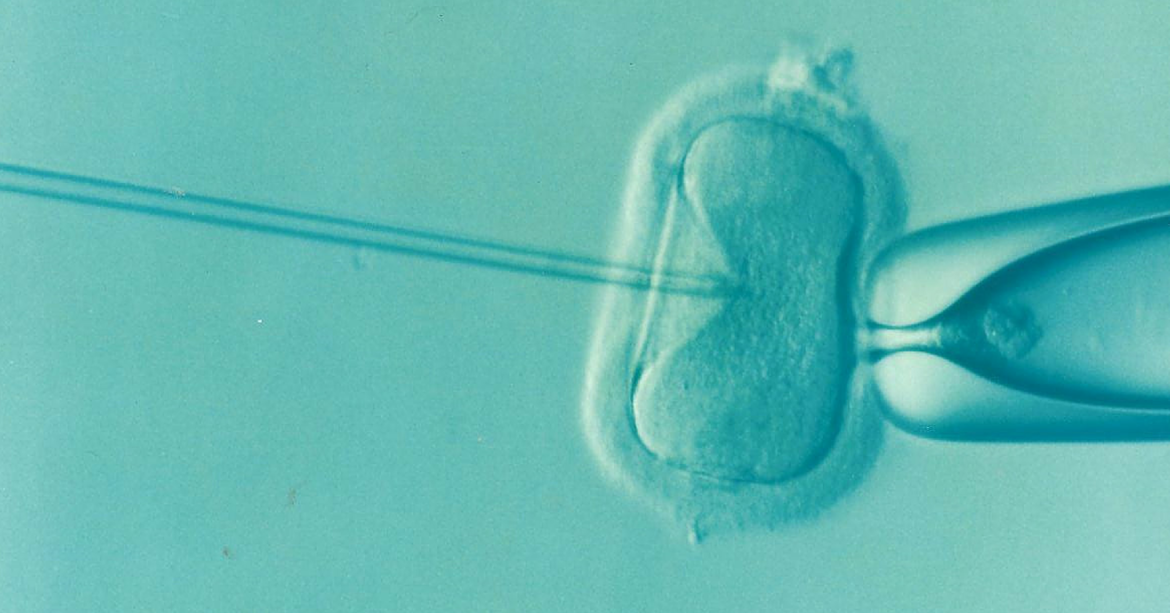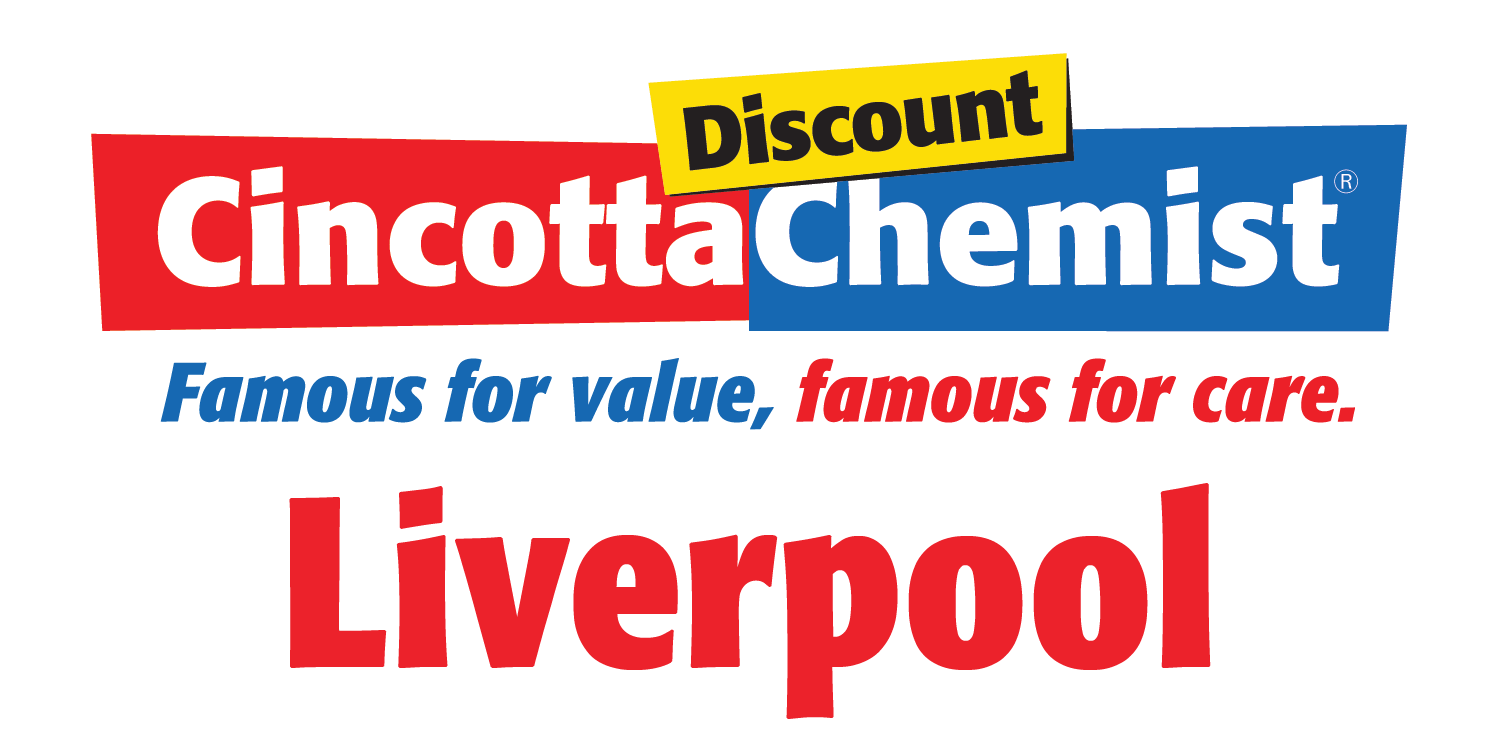Difference Between IVF and Test Tube Baby
If you are confused between IVF and test-tube baby and are looking for answers to queries such as, “is test tube baby and IVF same”, or “ whether test tube baby is good or bad”, then you are at the right place. Save & Deliver Compounding Pharmacy Liverpool will discuss all these aspects in this blog and give you a clear idea of the same.
Is the test tube baby and IVF the same?
There has been a lot of debate about whether IVF and test-tube babies are the same things. However, let us clarify that in vitro fertilisation and test-tube babies have the same meaning: an embryo formed outside a living body via in-vitro fertilisation. IVF is the short form for In-Vitro Fertilisation. It happens when an egg is removed from a woman treated for infertility and then fertilised with sperm in a laboratory dish. The embryo formed here is called a test tube baby even though it does not have anything to do with test tubes. Instead, embryos are created on Petri dishes. This process, known as In-vitro Fertilisation (IVF), helps women dealing with fertility issues conceive naturally. There is no tube involved at all!
Today, it is accepted that the term test tube baby refers to a baby who was conceived through IVF and not created in a test tube. The name itself is gradually fading away, and more couples want to know about this process than a revolt against it. IVF is no longer a taboo. It is a fact of life, and the new generations worldwide are becoming more accepting and aware of the medical advances in fertility and reproductive health. This includes parents seeking treatment for their married daughters or young unmarried women who want to conceive.
Test Tube Baby Process
Conceiving a baby through IVF starts with checking for ovarian reserve and discussing legal and emotional issues. This is followed by a 5 step procedure to extract the eggs from the ovaries, fertilise them in a lab and implant them into the uterus.
1. Stimulation
IVF aims to stimulate the ovaries to produce multiple healthy eggs that can be fertilised. A woman will be under the doctor’s observation with regular blood tests and ultrasound scans. The ovulation itself is monitored by taking daily vaginal fluid samples so that the IVF clinic can take the eggs promptly. A woman may also need to take fertility drugs and undergo other medical treatments.
2. Egg Retrieval
Retrieving eggs is the next step in the test tube baby process. Follicle aspiration is a surgical procedure performed on women undergoing IVF treatment to retrieve an egg for use. The procedure takes about ten minutes and involves an ultrasound-guided needle inserted through the vagina, guided by an ultrasound probe. The needle is then passed through the follicle before suctioning out the egg.
3. Insemination
In this test-tube baby procedure, the sperm from the semen sample is put in a petri dish and fertilised with the retrieved egg. Afterwards, it’s left overnight to let sperms fertilise the eggs.
4. Culturing embryo
The whole process of fertilisation and embryo development is closely monitored. Petri dish is kept in laboratories, under the supervision of a doctor, where it is constantly monitored to check if the egg has divided or not, if it has survived or not, and if the embryos are genetically healthy or not.
5. Transfer
After fertilisation, it takes about three to five days for the embryo to become large enough to be implanted in a woman’s uterus. It takes six to ten days for pregnancy to continue, and it is during this time, the embryo grows and develops.
When does one need to go for a test tube baby?
When a couple wants to conceive, it is essential to ensure that the baby born will be healthy. Couples who find it challenging to conceive may choose to seek out IVF. There are many reasons for this, such as blocked fallopian tubes, endometriosis, and reduced fertility in men or women. The treatment can also help eliminate the fear of genetic disease. Fertilisation will only occur through genetically fit egg cells to ensure a healthy pregnancy.
Complications with IVF
The procedure is considered safe but can come with certain complications. Some women can develop a condition called Ovarian Hyperstimulation Syndrome (OHSS), which causes the abdomen and chest to fill with excess fluid due to the proliferation of multiple eggs during treatment. Bleeding is also possible during or after egg retrieval.
Conclusion
Many people are scared and do not want to try an IVF procedure in a fertility centre in Liverpool & other parts because of the lack of knowledge. However, one needs to understand that IVF is as natural as other forms of treatment and can help overcome female infertility problems or male infertility problems. Therefore, it is essential not to leave this to chance and understand what IVF is all about, how it works, and the kind of care one must take after successful treatment.



